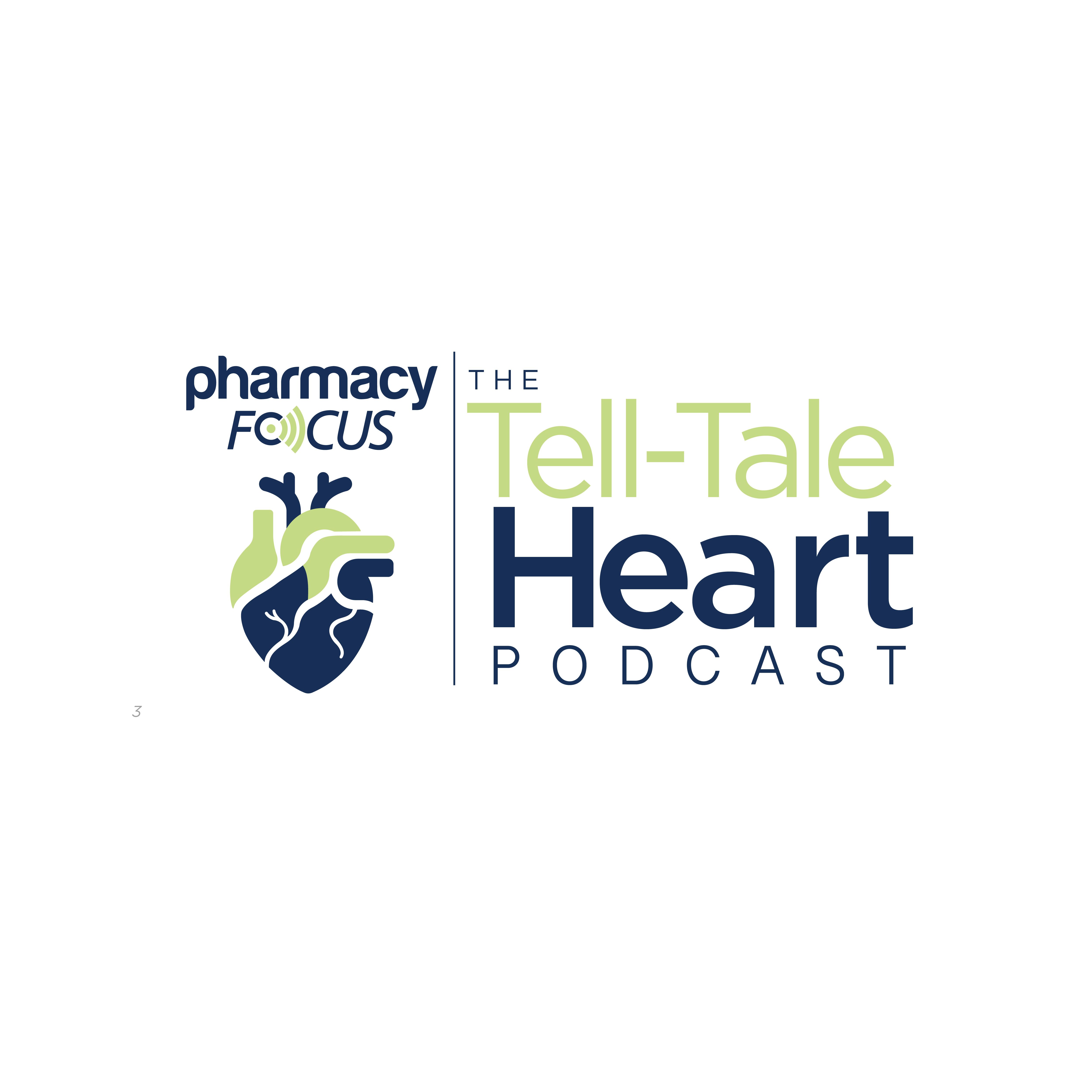News
Article
Interplay of Community, Treatment, and Patient Factors Critical for Improving Joint Outcomes in Severe Hemophilia
Author(s):
Key Takeaways
- Younger age, fewer missed doses, and full employment are linked to lower AJBR in severe hemophilia patients.
- Emicizumab is associated with the lowest AJBR, highlighting its efficacy in hemophilia A management.
Older age and being insured with Medicare or Medicaid were associated with heightened annual joint bleeding rates, whereas treatment in the Northeast United States improved outcomes in both hemophilia A and hemophilia B.
Key community, treatment, and patient-level factors are important to improving joint bleeding outcomes in patients with severe hemophilia A or B, according to study investigators who conducted a comprehensive analysis of a large patient sample gathered from hemophilia treatment centers across the United States. Across both hemophilia A and B, investigators found that patient-associated factors, younger age, fewer missed doses, and full employment were independently associated with a lower annual joint bleeding rate (AJBR).1
Hemophilia A and B can cause bleeding episodes. | Image Credit: © Stas - stock.adobe.com

Joint bleeding in patients with hemophilia is a hallmark of the disease and encompasses an outsized portion of treatment management. Members of a patient’s care team, including pharmacists, play a critical role in managing and monitoring joint bleeding, which can begin unexpectedly or persist for an unusually long time. The outlook of treatment has improved substantially over recent years due to the proliferation of new, effective forms of anticoagulation therapy like factor VIII and IX concentrates, with factor XI therapies being investigated for future use.2,3
With the large trove of effective therapies available, it is important to note the varying mechanisms of action and potential adverse effects of these treatments. The authors of this study note that it can be difficult to compare the outcomes of these treatments, necessitating the use of joint bleeding episodes as primary outcome measures. Furthermore, they discuss the importance of considering the possible impact of patient-specific risk factors that can influence joint outcomes in patients treated with a newer therapy designed to reduce bleeding and subsequent joint disease.1,2
To answer this research question, the investigators aimed to utilize data from a national hemophilia surveillance project and determine current predictors of joint bleeding in patients with severe hemophilia prescribed continuous prophylaxis therapy. The surveillance project, Community Counts, was funded by the CDC and conducted across 147 US hemophilia treatment centers (HTCs), according to the study authors. To be eligible for inclusion, patients must have had severe hemophilia, be aged 2 to 44 years, and be on continuous prophylaxis.1
For the hemophilia A cohort, 2140 patients with severe hemophilia A on continuous prophylaxis were included, with an overall mean AJBR of 1.45. Analysis indicated that, compared with the reference group, adult age significantly increased AJBR (RR: 3.38), while Asian compared with White race decreased AJBR (RR: 0.63). Key community factors associated with increased AJBR were being unemployed—especially in disabled participants—and insurance source, with uninsured individuals and those insured with Medicaid or Medicare having higher AJBR compared with those holding commercial insurance.1
Importantly, regarding treatment factors, any percent of missed doses of a patient’s prophylactic regimen increased AJBR, emphasizing the importance of sustained adherence to treatment. Emicizumab (Hemlibra; Genentech), a factor VIII mimetic monoclonal antibody, was found to be linked to the lowest AJBR in this cohort (RR: 0.36; 95% CI, 0.3-0.4).1
Next, the investigators examined patients with severe hemophilia B, which totaled 387 persons in the study cohort. Many similar associations found in the hemophilia A cohort could be found in the hemophilia B cohort, with adult age (RR: 5.17) and being enrolled on Medicaid or Medicare again linked to a dramatic increase in AJBR. Interestingly, in this cohort, Hispanic ethnicity was associated with a reduced risk of AJBR (RR: 0.41), and across both cohorts, treatment in the Northeast region of the US was associated with lower AJBR in patients.1
The study authors, in their discussion, noted an overall lower AJBR observed in the hemophilia B population. They attribute this observation to previous literature that determined patients with severe hemophilia B have less joint bleeding relative to those with severe hemophilia A, complicating efforts to distinguish the effects of treatment in the hemophilia B cohort.1
“Use of emicizumab among persons with hemophilia A, commercial insurance, and few missed doses for persons with hemophilia A or B independently predicted low AJBR, highlighting the interplay between access and adherence to care,” the investigators concluded. “Our study provides valuable data for comparing established and emerging hemophilia therapies.”1
REFERENCES
1. Manco-Johnson MJ, Le B, Acharya S, et al. Risk factors for joint bleeding in severe hemophilia A and B: Analysis of the community counts longitudinal surveillance cohort. Blood Vessels, Thrombosis & Hemostasis.
2. Halpern L. Proper dosing, bleeding awareness are essential roles for pharmacists in hemophilia A and B, thrombocytopenia purpura treatment. Pharmacy Times. Published January 21, 2025. Accessed March 19, 2025. https://www.pharmacytimes.com/view/proper-dosing-bleeding-awareness-essential-roles-of-pharmacists-for-hemophila-a-and-b-thombocytopenic-purpura-treatment
3. Krey M, Villa S, Arnon J. Factor XI inhibitors: The future of anticoagulation. Pharmacy Practice in Focus: Health Systems. 2025;14(2). Published Online March 18, 2025. Accessed Online March 19, 2025. https://www.pharmacytimes.com/view/factor-xi-inhibitors-the-future-of-anticoagulation

FDA Approves Dupilumab, Marking First Targeted Therapy in a Decade for Chronic Spontaneous Urticaria





